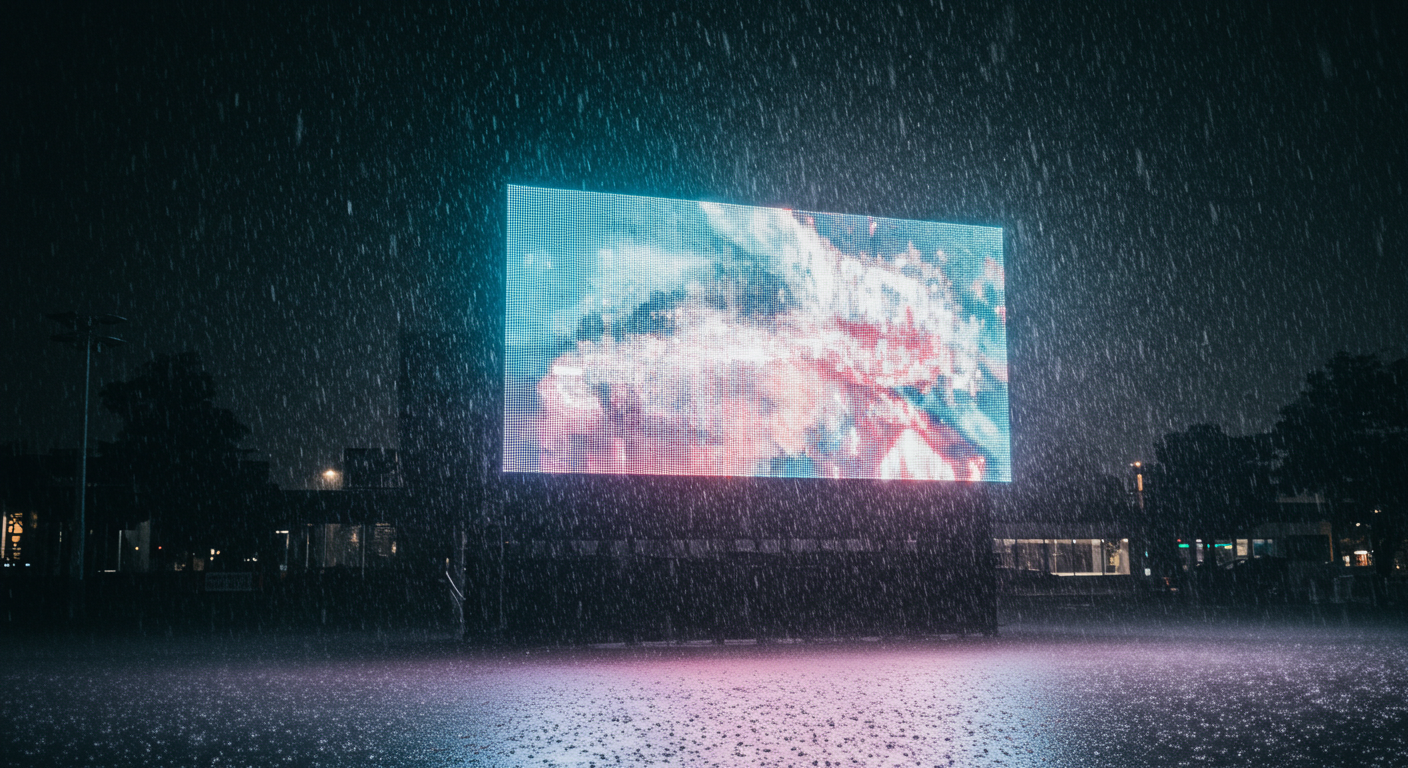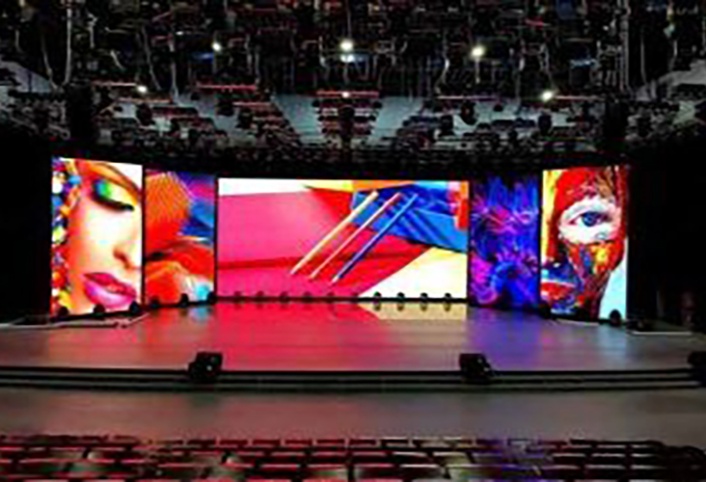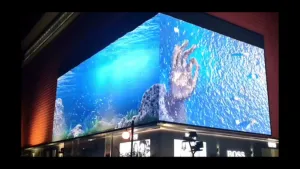Before words, there were symbols. Before symbols, there was light. Fire guided. Lanterns warned. Beacons called. Today, LED screens are the evolution of that ancient language — not replacing text, but transcending it. In Tokyo’s Shibuya Crossing, messages flash in kanji, emoji, and pure motion — understood by tourists and locals alike. In Dubai’s malls, promotions aren’t read — they’re felt, through color shifts and rhythmic pulses that bypass language entirely. This is light as syntax. Light as grammar. Light as poetry. A red glow quickens the pulse. A slow blue wave calms the mind. A sudden burst of gold triggers delight. Cities are learning to speak not through signs or billboards, but through ambient luminescence — a vocabulary of hue, tempo, and scale. Airports use it to soothe anxious travelers with slow, oceanic undulations on departure walls. Hospitals deploy it to signal quiet zones with soft amber gradients that require no “Silence Please” placard. Even streets are joining the conversation — crosswalks that glow brighter as night falls, sidewalks that pulse gently to guide the visually impaired. What’s revolutionary is the universality. A child who can’t read yet can follow a bouncing light to the playground. A tourist who speaks no Arabic can navigate a metro station by chasing green trails on the floor. The screen becomes not a translator, but a native speaker of human instinct. It speaks to our lizard brain — our primal response to movement, contrast, warmth. And because it’s light, it’s ephemeral. It doesn’t litter the landscape like posters or plaques. It appears when needed, vanishes when not. It respects the architecture it inhabits, enhancing rather than defacing. In this new lexicon, a flicker can mean “hurry,” a fade can mean “wait,” a bloom of white can mean “welcome.” The city becomes a living manuscript, written not in ink but in photons — constantly edited, endlessly responsive. And we, its citizens, are learning to read it without realizing we’re reading at all. We feel the message before we see it. We respond before we think. The screen doesn’t interrupt the urban experience — it becomes the urban experience. Silent. Seamless. Sublime.





